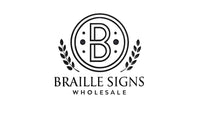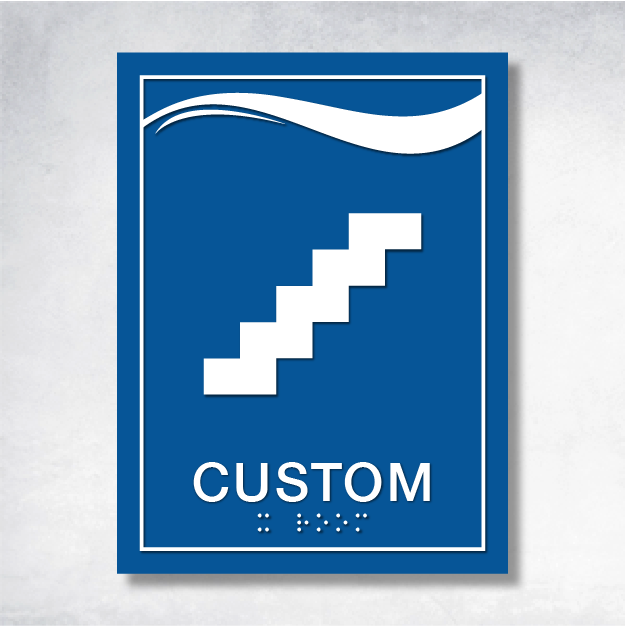ADA Signage SAQ & Checklist: Everything You Should Know
Embarking on the journey of ADA signage compliance might seem overwhelming at first, but it's a vital step towards creating an inclusive environment and avoiding hefty fines. This guide will illuminate the key elements of ADA signage requirements, highlight common pitfalls, and offer best practices to keep your business both compliant and welcoming.
The Dual Landscape of Federal and State Regulations
ADA signage compliance is a dance between federal standards and state-specific rules. At the federal level, the ADA Standards for Accessible Design require accessible signs for crucial areas like restrooms and exit doors. However, some signs, such as those for building addresses or temporary notices, are exempt.
State and local codes often add another layer of requirements, demanding adherence to the strictest regulations. It's essential for businesses to understand both federal and state mandates to ensure full compliance.
Decoding ADA-Compliant Signage
The Tactile Touch
Tactile signs are a must for permanent rooms and spaces, exit labels, elevator controls, and rail station identification. These signs must feature raised characters and Grade 2 Braille, making them accessible to individuals with visual impairments.
Visual Clarity
Visual signs, although not requiring tactile features, must meet specific visual criteria. High contrast and a non-glare finish are necessary to ensure readability for everyone. Directional and informational signs fall into this category.
Symbols of Inclusivity
Symbols of accessibility, such as the international symbols for accessibility, TTY, and hearing loss access, play a crucial role in communicating essential information to individuals with disabilities.
Crafting and Installing with Precision
When it comes to tactile signs, character height, spacing, and finish are key. Raised characters and Braille ensure accessibility for those with visual impairments. Visual signs, meanwhile, must boast a non-glare finish and high contrast with their background.
Installation guidelines are precise: tactile signs should be mounted between 48 to 60 inches above the ground, with a clear floor space of 18 inches by 18 inches centered on the tactile characters to ensure accessibility.
Avoiding Common ADA Signage Pitfalls
Despite clear guidelines, common mistakes in ADA signage can lead to noncompliance. Design and installation errors, such as omitting Braille or raised characters, insufficient contrast, and improper mounting height, are prevalent. Additionally, regulatory oversights like missing signage in required locations and incorrect Braille dimensions can cause significant issues.
The High Stakes of Noncompliance
Failing to comply with ADA signage requirements can have serious consequences, including fines and penalties. The Department of Justice enforces these standards, with fines reaching up to $75,000 for first-time violations. Beyond financial repercussions, noncompliance can damage your reputation, leading to lawsuits and a loss of customer trust.
Best Practices for Staying Compliant
To steer clear of noncompliance, businesses should work with experts to ensure their signage meets all necessary standards. Regular audits of existing signs for tactile elements, contrast, and placement are essential. Prioritizing permanent room signs for Braille and raised text is another crucial step in maintaining compliance.
Your Go-To Resources
For further guidance, businesses can refer to authoritative sources such as the U.S. Access Board - Chapter 7: Signs and the ADA Standards for Accessible Design. Additionally, resources like ADA Signage Requirements: A Quick Guide To Compliance provide valuable insights.
Discover More with BrailleSignWholesale
For practical examples and product solutions, visit BrailleSignWholesale - ADA Signs for Offices and explore their range of compliant signage options. Their blog on ADA Lawsuits offers a deeper understanding of the legal implications of noncompliance.
By following these guidelines and utilizing available resources, businesses can ensure their ADA signage is compliant, enhancing accessibility and inclusivity for all individuals.









